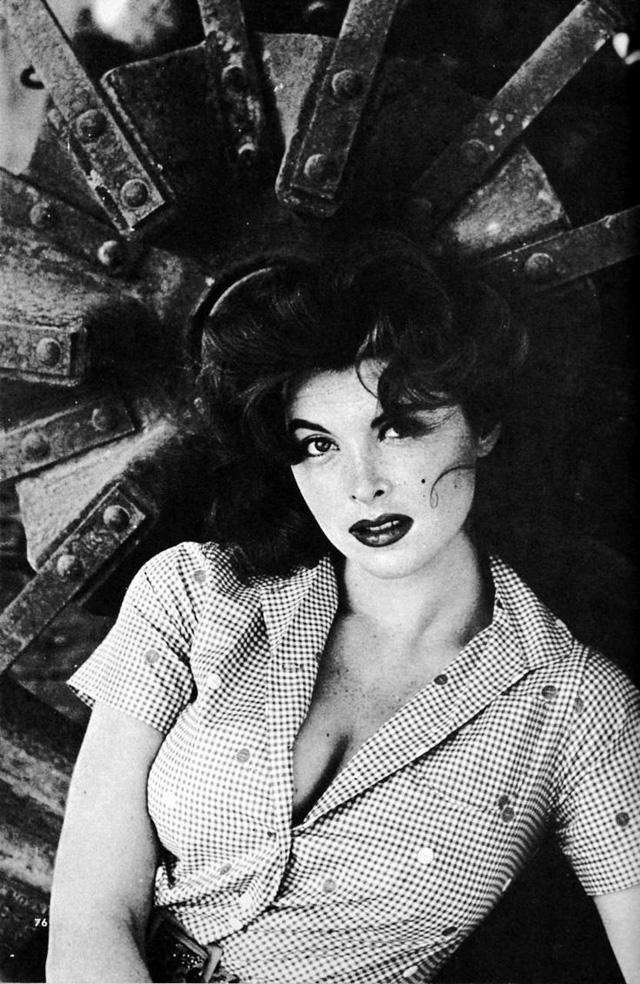LOL, just buy one and shut up....
If you're not interested in the debate don't open your mouth with inane nonsense. It's a discussion. I will buy one, but I won't concede that the angle doesn't change, because that's completely ridiculous.
The BladeForums.com 2024 Traditional Knife is available! Price is $250 ea (shipped within CONUS).
Order here: https://www.bladeforums.com/help/2024-traditional/
LOL, just buy one and shut up....
You understand how those two yellow lines are longer than the one in the middle? And the distance to the base? Angle is lower there. There's no debate, you just settled it.
For God's sake, measure the length of those two outward yellow lines and the distance from the point where they touch the outer edge of the ruler and the base. Then plug them in in the formula I had linked. Do the same for the middle yellow line. Then post the angles you get.

Are you trolling me? Measure the yellow lines. They change.
Are you trolling me? Measure the yellow lines. They change. Dude, if the yellow lines on the KME setup are of different lengths and it's painfully obvious they are, then the angle between the yellow line and the ruler must change. I honestly don't know what other angle you're talking about.
And I never said it's different than the Wicked Edge. It's easier to translate to the diagram tho.
I think you don't want to admit you're wrong. What other triangle? Yellow line is hypotenuse, or rod with stone. If its length changes, and you admit it does, then the angle between the line and the ruler (or blade) MUST change. That's a mathematical truism. That's the triangle, the yellow line, the line to the base and the height from the base to the pivot. Are you obfuscating this on purpose at this point?No... I'm trying to explain to you, that length does not matter. You are looking at the wrong triangle.
I think you don't want to admit you're wrong. What other triangle? Yellow line is hypotenuse, or rod with stone. If its length changes, and you admit it does, then the angle between the line and the ruler (or blade) MUST change. That's a mathematical truism. That's the triangle, the yellow line, the line to the base and the height from the base to the pivot. Are you obfuscating this on purpose at this point?
The roof analogy is wrong. This is why analogies are flawed. The roof analogy would be right if you drew a line perpendicular to the ridge from the top of the roof. That's the middle yellow line on the KME picture above.
Now you have to draw a line again from the top, from the point where this first line originated, and draw it to either side of the first line, until it reaches the ridge. It's obvious this line is longer than the first.
Because it's longer, the angle between it and the ceiling of the house (the flat plane under the roof that covers the the top of the walls) is smaller (and that plane corresponds to the plane of the clamp or the knife itself.
That 3D model I posted is as clear as it gets. How can you argue against it?! Introducing roof analogies when you have a 3D coordinate system in front of your eyes. You see where it says 30 something degrees? You see where it says 50 something degrees? The angles are clearly marked. Those are the angles you're using when sharpening on these systems.
The angle would remain the same only if the blade of the knife followed the radius of the cone in that diagram.
You all seem to think that you're somehow perpendicular to the blade at all times, and that's just not right. You would be if the blade curved like the radius of the cone at the point where the stone meets the edge. The roof analogy also implies you're perpendicular to the ridge at all times, and thus the distance is the same, which is just not the case.

Not to come off like a jerk, but I'm looking forward to that video. Is gonna have a surprise ending.When I get one of the systems and an angle cube, I'll make a video demonstrating this.
Mary Ann..definitely Mary AnnThis is like going to a staff meeting at the Dept. of Redundancy Dept.
(I've been to a few.)
We'll give this a little longer to see if it runs out of steam. Otherwise we'll just have to agree to disagree...sort of like with religion, politics, and Ginger or Mary Ann.

"You want us to choose?"


Here's one last picture... going back to the W.E. setup... the angle was set at 20°, and I then put a stone on the rod, and stretched it out as far as I could, and measured the angle, which showed 19.6°.

Now, if you looked down on the W.E. (the top photo from my earlier post), you would see a difference of several degrees... agree? .4° is just the error in the setup... certainly not the angle difference you would see in what's probably over a foot of difference.
That's all I got.

